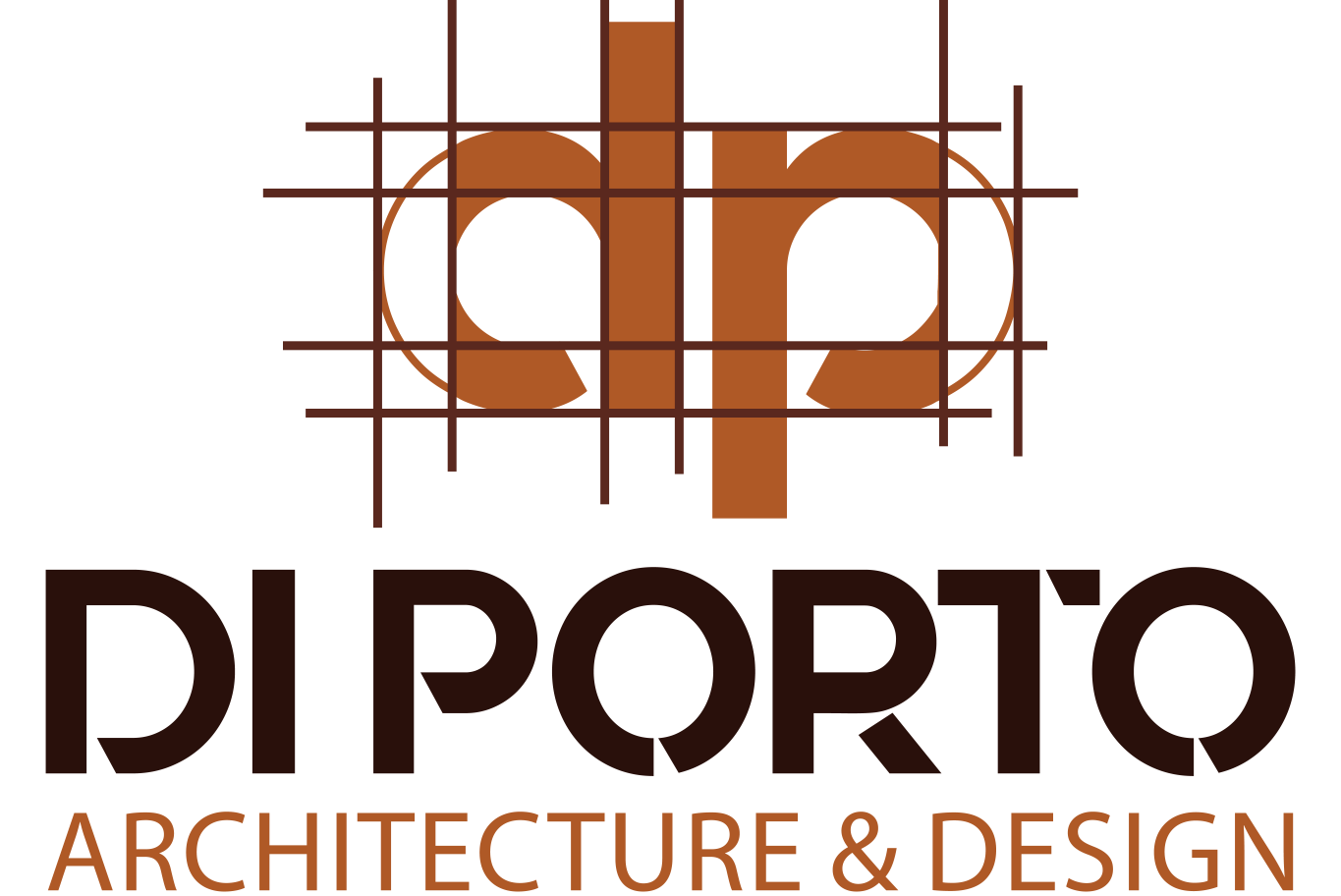When starting a DIY project, selecting the appropriate microcontroller is among the most essential choices you’ll make. A microcontroller serves as the brain of your task, handling inputs, outcomes, and refines that bring your development to life. Brands like Dorhea products supply a selection of microcontrollers made for varied applications, making it much easier to find the excellent match for your demands.
Understand the Requirements of Your Project
Prior to diving right into microcontroller requirements, lay out the certain demands of your job. Are you building an easy temperature level sensor, a wise home device, or a robotic with intricate capabilities? The extent of your job figures out the type of microcontroller you’ll require, consisting of variables like refining power, memory, and connectivity alternatives.
Think about how many input and output pins your job will certainly require. For example, a project requiring numerous sensing units and actuators might need a microcontroller with a higher variety of GPIO (General Purpose Input/Output) pins. Similarly, if your project entails real-time data processing, you’ll need a microcontroller with sufficient computational power.
Review Processing Power and Speed
Microcontrollers come with varying degrees of refining power, determined in regards to clock speed (MHz) and design (8-bit, 16-bit, or 32-bit). Less complex projects like blinking LEDs or regulating a little servo motor may function flawlessly with an 8-bit microcontroller. Nonetheless, for even more demanding applications like image processing or machine learning, a 32-bit microcontroller with a greater clock rate would be essential.
Selecting a microcontroller with the best balance of power and rate protects against unnecessary complexity and price. Subdued microcontrollers can drain your task’s power supply faster, specifically in battery-operated styles.
Inspect Memory Requirements
Memory is another vital factor to consider. Microcontrollers typically have three sorts of memory: Flash, RAM, and EEPROM. Flash memory stores your program code, RAM sustains runtime procedures, and EEPROM is utilized for conserving information that lingers after the gadget is powered off.
If your job includes a huge codebase or needs keeping substantial amounts of information, opt for a microcontroller with adequate Flash and RAM. Alternatively, simpler projects with very little memory demands can operate effectively with lower capacities.
Examine Connectivity Options
Modern DIY tasks usually call for connection functions to engage with other devices or networks. Depending on your task, you may require microcontrollers with built-in interaction protocols such as UART, I2C, SPI, or CAN. For cordless connection, consider versions with integrated Wi-Fi, Bluetooth, or LoRa abilities.
As an example, if your DIY task involves creating a wise home tool that connects with a smart device application, you’ll need a microcontroller with Bluetooth or Wi-Fi assistance. Guarantee the chosen microcontroller is compatible with the communication protocols of your other project parts.
Power Consumption and Efficiency
Power consumption is an important element, specifically for battery-operated or mobile projects. Some microcontrollers are designed with energy efficiency in mind, featuring low-power modes to extend battery life. Examine your task’s power spending plan and pick a microcontroller that aligns with your power requires.
For solar-powered or lasting projects, prioritize microcontrollers with ultra-low power usage. Stabilizing performance and performance guarantees your project runs optimally without frequent battery replacements or too much energy costs.
Reduce of Programming and Ecosystem Support
The simplicity of shows and the availability of advancement devices considerably influence your microcontroller choice. Popular microcontroller families like Arduino, ESP, and STM32 include substantial collections, tutorials, and area support, making them beginner-friendly. A strong ecosystem can conserve time and lower the knowing curve, especially for those new to microcontrollers.
Guarantee that the microcontroller’s integrated advancement environment (IDE) is compatible with your favored shows language. Most microcontrollers support C/C++, yet some also permit programming in Python or JavaScript, catering to a wider variety of developers.
Physical Form Factor
The size and shape of a microcontroller can affect its compatibility with your job. For small layouts, think about microcontrollers in smaller sized kind aspects like QFN or WLCSP plans. Advancement boards, such as Arduino or Raspberry Pi Pico, offer straightforward choices with pin headers and pre-soldered parts, suitable for prototyping.
If your project involves assimilation right into a securely packed unit, focus on the physical measurements and installing options of the microcontroller or its growth board.
Price and Availability
Microcontrollers are available in a wide cost variety, from affordable options for straightforward tasks to premium versions for complex applications. Establish a spending plan at an early stage and research versions that fit within your economic constraints. Keep in mind that higher-priced microcontrollers commonly feature advanced features, so guarantee you’re not spending for capacities your task doesn’t need.
In addition, think about the availability of the microcontroller in your area. Select models with regular supply levels and trusted suppliers to stay clear of delays in your task timeline.
Experimentation and Prototyping
If you’re not sure concerning the very best microcontroller for your task, begin with prototyping boards that allow for trial and error. Systems like Arduino and ESP32 supply adaptability to examine various functionalities prior to completing your layout. These boards commonly feature extra peripherals and a huge support area, allowing quick advancement and troubleshooting.
Final thought
Choosing the best microcontroller for your DIY job involves stabilizing technical requirements, project needs, and budgetary constraints. By recognizing the core requirements of your project and examining aspects such as processing power, memory, connection, and power performance, you can make a notified choice. With cautious planning and experimentation, the right microcontroller will certainly function as the foundation for a successful DIY creation.

Lascia un commento